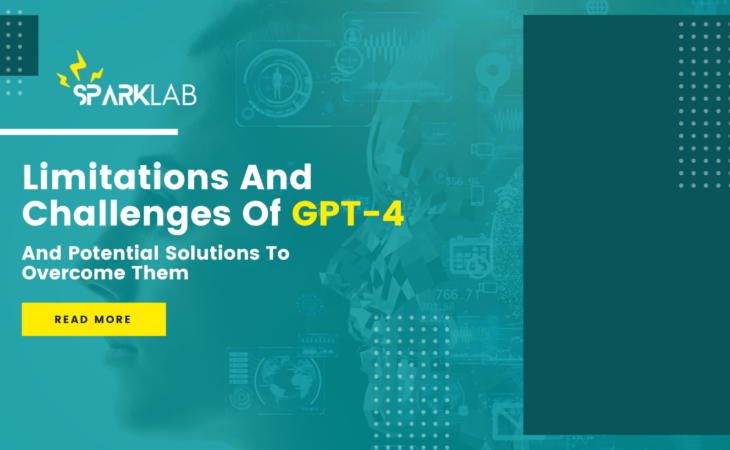
Artificial Intelligence (AI) has been at the forefront of technological advancements in recent years, and Natural Language Processing (NLP) is one of the most promising applications of AI.
The development of AI language generation technology, such as the Generative Pre-trained Transformer (GPT) series, has the potential to revolutionize various industries, including customer service, marketing, and journalism.
However, with great power comes great responsibility. In this article, we will explore the challenges and limitations of GPT-4 and potential solutions to overcome them.
One of the most significant challenges facing GPT-4 is the issue of bias. The algorithms used to train GPT-4 are based on massive amounts of data, which can contain biases that are not immediately apparent. These biases can be reflected in the language generated by GPT-4 and can have serious consequences, especially in industries such as customer service and journalism.
To address the issue of bias, developers can focus on creating more explainable AI models. Explainability means that the decision-making process of AI systems is transparent, and humans can understand how the system arrived at its output. By making the process more transparent, developers can identify and address biases in the training data and algorithms.
Another significant challenge facing GPT-4 is the need for computational power. GPT-4 will require more computational resources than any previous GPT model, making it difficult for many organizations to use the technology effectively.
Collaboration is key to overcoming the challenge of computational power. By pooling resources and working together, organizations can share the cost of computing resources needed for GPT-4. Collaboration can also lead to the development of more efficient algorithms and hardware, which can further reduce the cost of using GPT-4.
The data used to train GPT-4 is often personal and sensitive. As AI language generation technology becomes more powerful, the risk of data breaches and privacy violations increases.
Privacy-enhancing technologies, such as differential privacy and federated learning, can help protect data privacy in AI language generation. Differential privacy adds random noise to data to prevent the identification of individual users, while federated learning allows the training of AI models without the need to share data between organizations.
Integrating GPT-4 with existing systems can be a significant challenge for organizations. Existing systems may not be compatible with GPT-4, and reengineering existing systems can be costly and time-consuming.
Continued research into GPT-4 integration can help identify the most efficient and cost-effective ways to integrate the technology with existing systems. By understanding the challenges and limitations of GPT-4 integration, developers can work towards developing solutions that work seamlessly with existing systems.
In summary, GPT-4 is a powerful AI language generation tool that has the potential to transform various industries. However, it also faces significant challenges and limitations that need to be addressed, including bias, computational power, data privacy, and integration with existing systems. The potential solutions to these challenges include explainability, collaboration, and continued research. By addressing these challenges, we can unlock the full potential of GPT-4 and ensure that AI language generation technology benefits society as a whole.
Furthermore, AI-based chatbots and feedback management systems are two areas where GPT-4 can have a significant impact. However, for these systems to be effective, GPT-4 needs to generate accurate and relevant responses. This requires developers to train GPT-4 on diverse datasets of customer interactions and feedback while improving its contextual understanding capabilities.
As AI language generation technology continues to evolve, it is important to remember that responsible and ethical development must be a priority. The potential benefits of GPT-4 and other AI language generation tools are immense, but so are the potential risks. Therefore, it is up to developers, researchers, and society as a whole to ensure that we use AI language generation technology in an ethical and responsible manner. With the right approach, we can unlock the full potential of GPT-4 and other AI language generation tools, and usher in a new era of human-machine collaboration.
Like our content? Don’t forget to check out our previous post here.